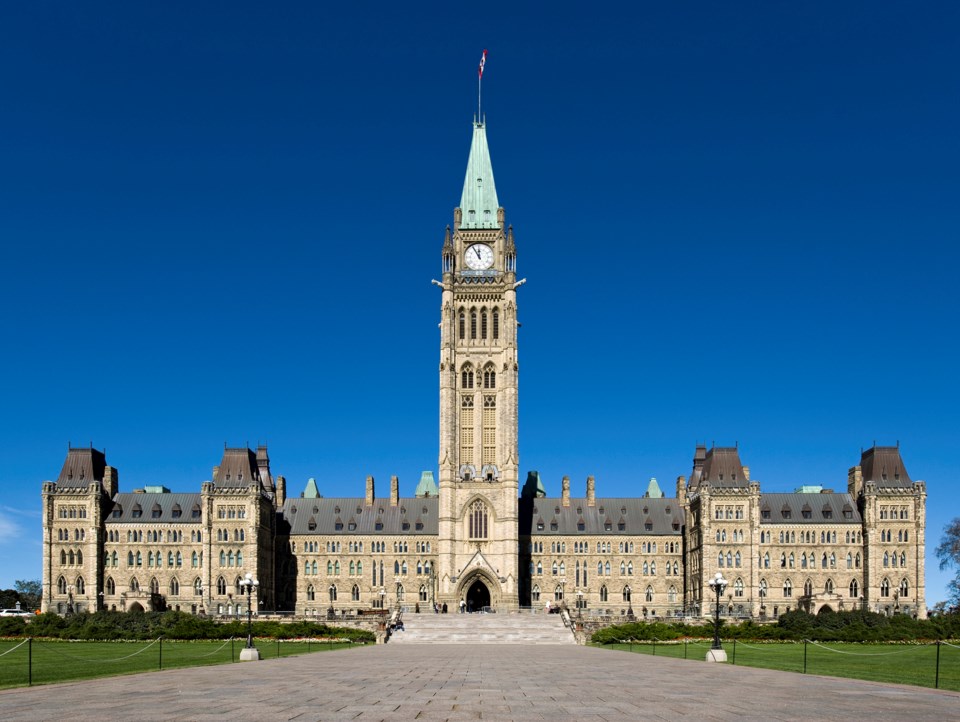With a confidence and supply agreement forged between the Liberals and NDP to keep the federal government functioning until 2025, we see that, indeed, politics is the art of compromise.
When Justin Trudeau unnecessarily called an election in 2021 in hopes of trading up his minority government for a majority, he gambled and lost. That left his government with a debt of progress and stability owed to Canadians, which this arrangement appears to make good on.
Conservatives have been quick to cast this as a cynical “power grab,” which is utterly hollow. This is the Westminster style of parliamentary democracy functioning exactly as it is intended when no party holds a majority. And it’s functionally no different from what former prime minister Stephen Harper did to keep his Conservatives in power.
If the Liberals and NDP can play nice over the next three-and-a-half years, Canadians will have a national pharmacare program and low- and middle-income dental coverage to boast about.
The deal doesn’t include some big-ticket NDP priorities and no doubt, there are probably a few right-leaning Liberals not happy with their new political playmates. But, as the great western philosopher Calvin (of Calvin & Hobbes) noted, “a good compromise leaves everyone mad.”
More broadly, in an era of increasingly divisive, nasty and polarized politics, it is a welcome sight to see formal co-operation between two parties.
With five viable parties in Canada and another fighting to gain a foothold, the prospects of natural, stable majority governments is looking less and less likely in our future. Canadians of all political stripes will benefit if their leaders learn to set aside the bellicose rhetoric and strategize instead on finding common ground.


